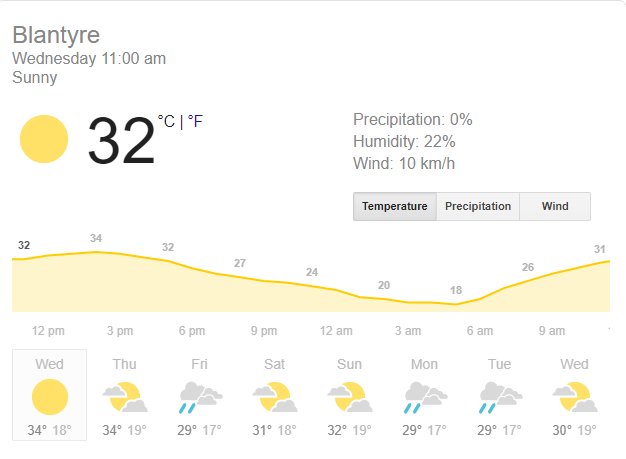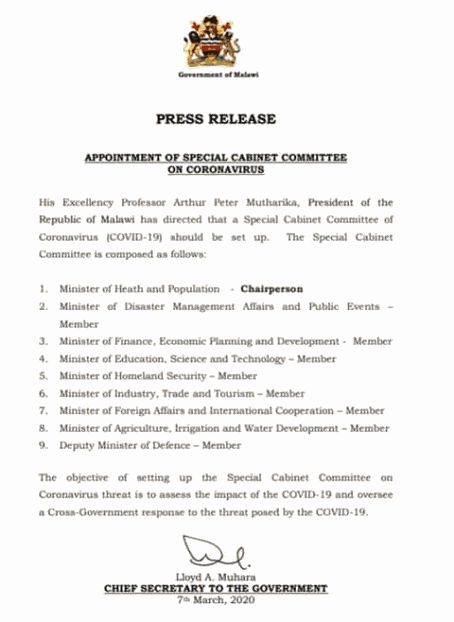
Lilongwe – Malawi has since the 1990s been prone to different types, frequencies and magnitudes of disasters, trends government officials have attributed to climate change. The country’s Department of Disaster Management Affairs says the disasters undermines the southern African state’s efforts in achieving the UN Millennium Development Goals (MDG)and the local development blue print, the Malawi Growth and development Strategy (MGDS) as the phenomenon pose negative impacts on poverty and food security in the country. The nation has over the years experienced flash floods, drought, pest infestations, HIV and AIDS and most recently earthquakes. According to a document from the department marginalised populations are hugely affected when the calamities pay them a visit. “Marginalized groups have less social power and fewer economic resources and physical capacity to anticipate, survive and recover from the effects of disasters,” reports the department pointing out that “the elderly, disabled, the sick, the poor and children are particularly vulnerable”.
Malawi has had no legal and institutional framework for disaster management before the 1991Phalombe flash floods which saw killed scores of people and farm animals and damaged property and crops. Following the disaster, government focused it energies on preparedness and response to natural disasters. However, since 2005, focus has been shifted to include disaster risk management with more attention to restoring the confidence of communities that lose assets, jobs, loved ones and leadership. An official from the department, Stern Kita, observes that recovery, especially in severe disasters, is a comprehensive community process which should coordinate the redevelopment of the economic, social, cultural and natural resource fabric. “Community participation in decisions and the speed with which economic activity is restored influence the recovery,” he told participants to a workshop emphasising that improving resilience to disasters should be integral to the process. He however noted that tragic disasters serve as an opportunity to improve the infrastructure and social fabric.
Kita advised communities in disaster prone areas to construct dykes, avoid cultivation along river banks and begin planting trees and grass along river banks and catchment areas. Floods normally hit Malawi during the rainy season which stretches from November to March. The department bemoans lack of effective coordination among stakeholders, inadequate capacity at national and community levels to respond to disasters and inadequate and delayed funding for disaster management. Meanwhile government intends to develop a national disaster risk management policy, review the Disaster Preparedness and Relief Act and mainstream disaster risk reduction (DRR) in all national, sectoral and district policies and strategies as well as strengthen the capacity and mobilisation of resources for implementation of DRR activities at national and district level.




No comments! Be the first commenter?